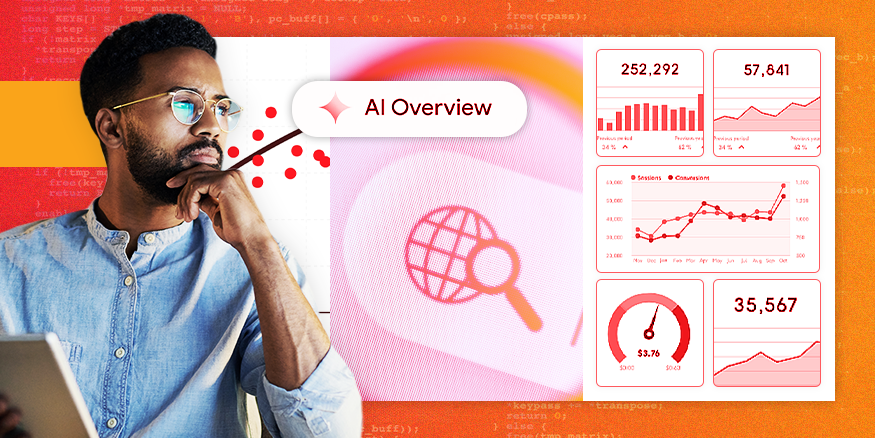

We all see AI everywhere in our work. It helps us write emails, create ads, and understand our customers. It is very powerful and getting more powerful by the second. But there is a big problem that not many people are talking about, and it’s a risk that could make our best AI tools much less effective, maybe even useless. This problem has a technical name: model collapse.
So, what is this model collapse, you ask? Imagine you have a beautiful photo. You make a copy of it with a copy machine. The copy looks good, almost perfect. Now, imagine you take that copy and make another copy from it. And then you copy that copy. Each time, the picture gets a little worse. It becomes blurry. The colors are not right. After many copies, you cannot even see what the original photo was.
This is what is happening to AI. We’re currently only at the fifth copy, so the effect is not yet fully perceptible, but it is happening, and some say it is inevitable.

AI models like ChatGPT learn by reading huge amounts of information from the internet. At first, this was all information created by people. But now, the internet is full of content created by other AIs. One study suggested that about 57% of all web text has been generated or translated by an AI. That figure comes from a one-year-old article, so it is safe to assume that the figure is probably even higher today.
So, new AI models are learning from the “copies” made by older AI models. Just like the photo, the quality gets worse with each new copy. The AI starts to forget the details. It starts to make mistakes.This is model collapse. It is like the AI is eating its own tail.
How model collapse will impact marketers
Why should you, a marketer, care about this? Because this problem will affect our work directly, and very soon.
First, think about Google Search. Google is now using AI to give answers right on the search page. They call it AI Overviews. This AI needs authentic, accurate information from the web to work well. But what happens when the web is full of low quality, AI generated content? AI Overviews will start giving bad answers. They will show wrong information. They will repeat the same boring ideas. People will stop trusting Google.
For marketers, this is a big problem. If people cannot find our websites, our traffic will go down. Studies already show that when an AI answer appears, very few people click on the links to websites. One analysis found a site could lose about 79% of its traffic for a query if the results appear below an AI overview. This is a serious threat to SEO and content marketing.
Second, think about our paid advertising. Many of us use programmatic advertising to show our ads to the right people. But cheap AI content has created thousands of fake websites, sometimes referred to as “made for advertising” or MFA sites. They are full of bad articles and way too many ads. One report found that 15% of programmatic ad spending goes to these low-quality sites.Our ads are showing on these terrible websites, and we are wasting part of our budgets.
At the same time, criminals are using AI to commit ad fraud. They create fake people, fake clicks, and fake engagement. It is becoming harder to know if our ads are being seen by real customers. Model collapse makes this worse because the AI we use to target ads also learns from bad data, so it creates a loop of bad decision making.
Stay Forward
Get exclusive insights into digital
media's top-trending topics delivered
directly to your inbox.
How to mitigate the effects of model collapse
Marketers cannot stop this problem alone, obviously, but we can be smart, and that means adapting our strategies sooner rather than later.
1. Focus on real quality
In a world full of fake AI content, real human expertise is more valuable than ever. We need to create content that is truly helpful, original, and based on real experience. Tell real stories. Share real data. This is what people will trust, and what good AI should value. Put a bit of your soul in each piece, even in a business setting. Use a little humor to make your content more alive and personal.
2. Value your own data
The data you collect directly from your customers, your first-party data, is like gold, it is clean and undoubtedly real. Use this data to understand your audience and to train your own small-scale AI models. Do not just rely on the big models that are trained on the messy internet; leverage a big AI model’s analysis capability but feed it with curated, validated data you trust. This will create a compromise worth using.
3. Be a smart ad buyer
Do not just try to get the cheapest ad impressions. This is the best way to end up on MFA sites. Instead, work with good publishers. Make a list of websites you trust and tell your ad platform to only show your ads there. Ask for more transparency.
The age of AI is exciting, but it has dangers. It doesn’t make you an AI-denier to question the situation and prepare for future issues. It actually makes you a valuable marketer for your brand and your clients.
But make no mistake: model collapse may feel like a small problem right now, but its effects are growing every day. As marketers, we must understand it and adapt accordingly. The future will not be about who can create the most content with AI, it will be about who can create the most trusted and authentic content.
My advice is to lead with quality and trust. Is my English writing as good as the latest fancy AI models? Probably not, but part of the human experience, and its core beauty, lies in the honesty of our imperfections and uniqueness. Personally, I will strive to preserve the human experience, one imperfect blog article at a time.
Contributing Experts
Stay Forward
Get exclusive insights into digital
media's top-trending topics delivered
directly to your inbox.



